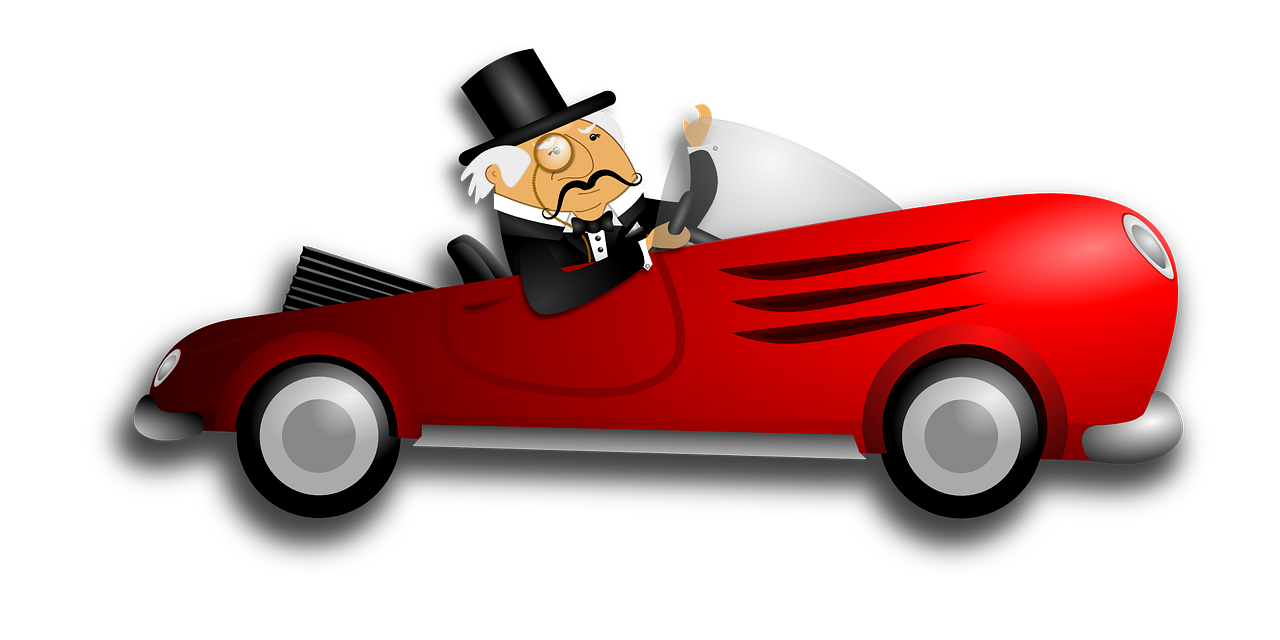5 things parents must know to have “the talk”…about safe driving
 As a caring parent, you have tackled your share of difficult talks with your children, from bullying to underage drinking. Now, as your teen prepares to get behind the wheel, get ready to have “the talk” about safe driving. It may be the most critical conversation that you have with your child.
As a caring parent, you have tackled your share of difficult talks with your children, from bullying to underage drinking. Now, as your teen prepares to get behind the wheel, get ready to have “the talk” about safe driving. It may be the most critical conversation that you have with your child.
Car crashes are the leading cause of death among teen drivers, according to theCenters of Disease Control and Prevention.
Due to driving inexperience, teens are more likely to be involved in an accident than other drivers, according to the National Highway Traffic and Safety Administration.
Based on research, here are five tips to help your “talk” about safe driving be more effective:
- Be confident. Know that you can positively influence your child’s behavior behind the wheel.1
- Be a safe driver yourself (if you are not already). Teens tend to follow your example.2
- Know the facts about teen driving. Some teens increase their already high collision risk by speeding, drinking, driving at night, having peers as pass
engers, and being distracted. Your state likely has Graduated Driver Licensing laws to discourage such risky behaviors among new drivers. Learn about them. And resolve to enforce them, along with other like-minded parents. - Approach your talk like a great coach. Stay calm, and set clear expectations and consequences regarding dangerous driving behaviors mentioned above. Also, put expectations in writing in a simple parent-teen driving contract. And give lots of encouragement. Kids, including adolescents, respond best to positive reinforcement.3
- Stay involved. Keep a close eye on your teen’s behavior behind the wheel – even after obtaining a license. Continue to coach them about how to drive more safely. Learning to drive safely takes time, experience, judgment and skill. You may want to consider installing a monitoring device; it provides data on driving behaviors that need improvement. And, understand that you will need to have multiple “talks” with your child.
1 B. Simons-Morton, M.C. Ouimet, “Parent involvement in novice teen driving: a review of the literature,” Injury Prevention, 2006; 12 (Suppl l)i30-i37; Ferguson SA, Williams AF, Chapline JF, Reinfurth DW, DeLeonardis DM. Relationship of parent driving records to the driving records of their children. Accid Anal Prev.2001;33 :229– 234
2 Ibid
3 A. Kazdin, “The Kazdin Method for Parenting the Defiant Child,” New York, Houghton Mifflin Harcourt Publishing Company, 2008.





